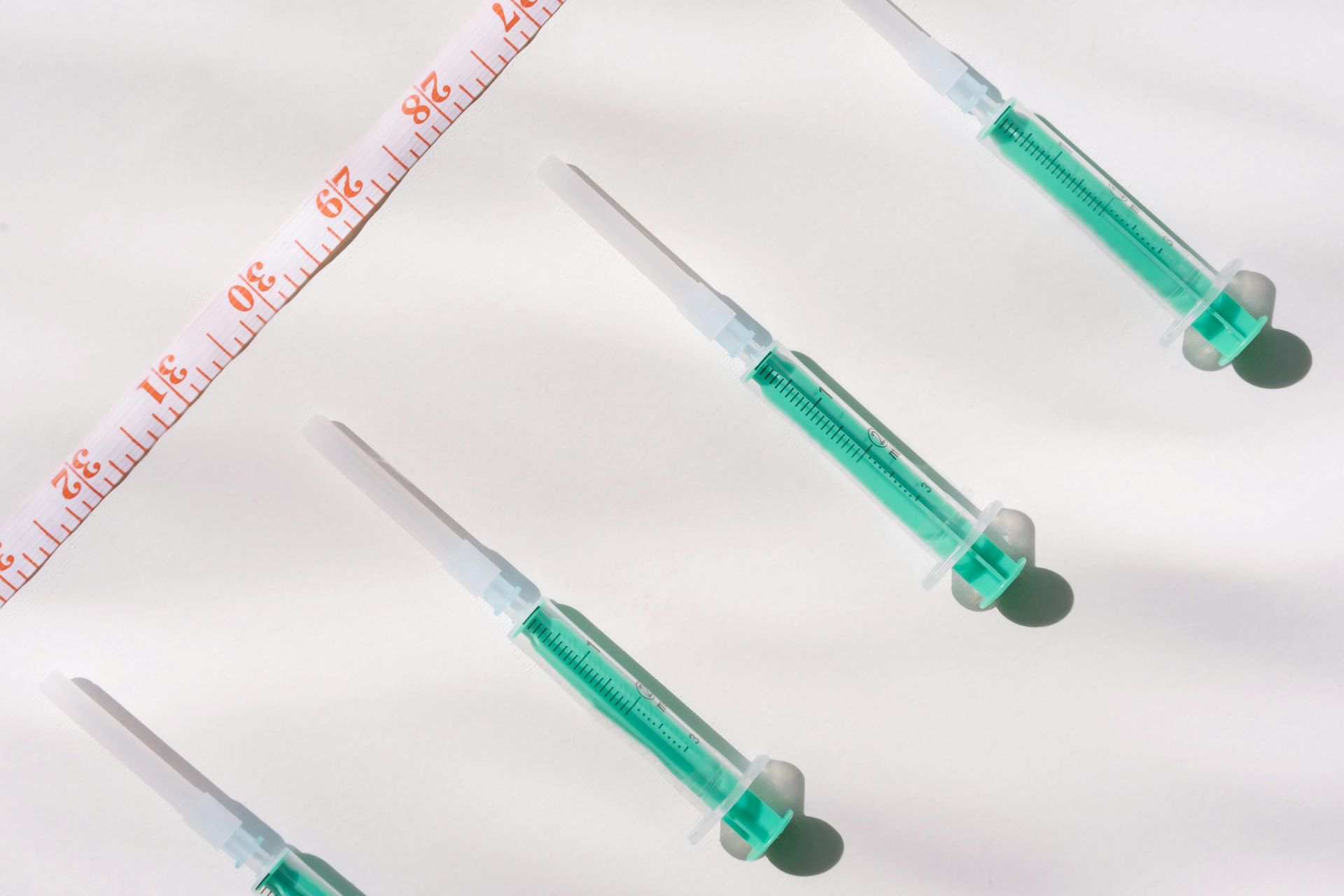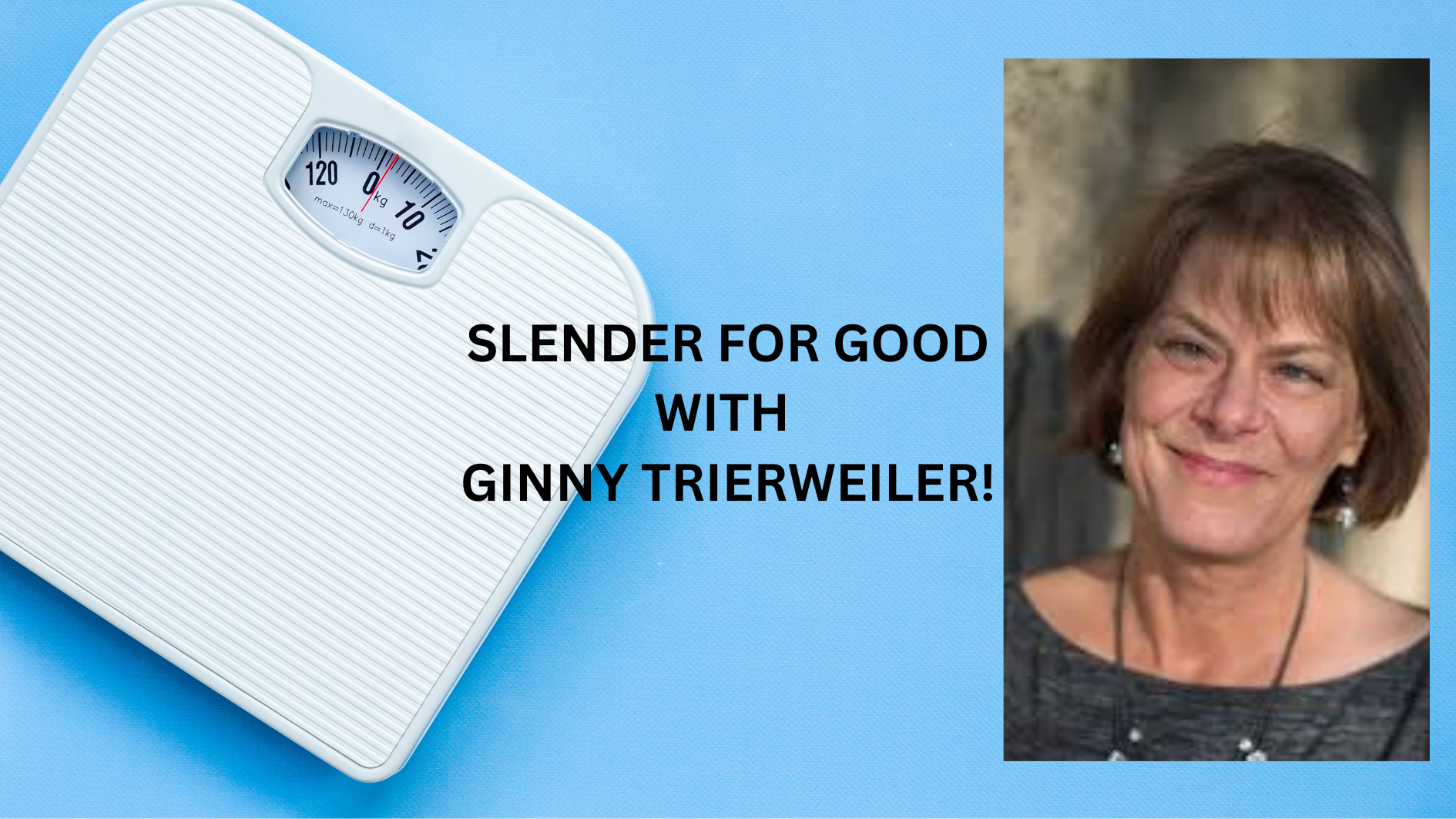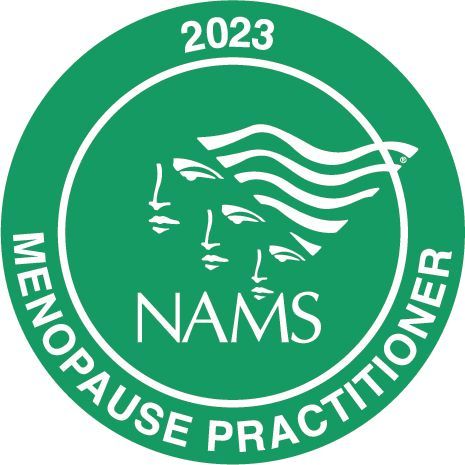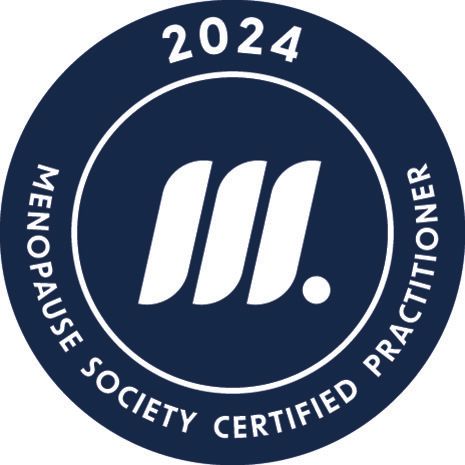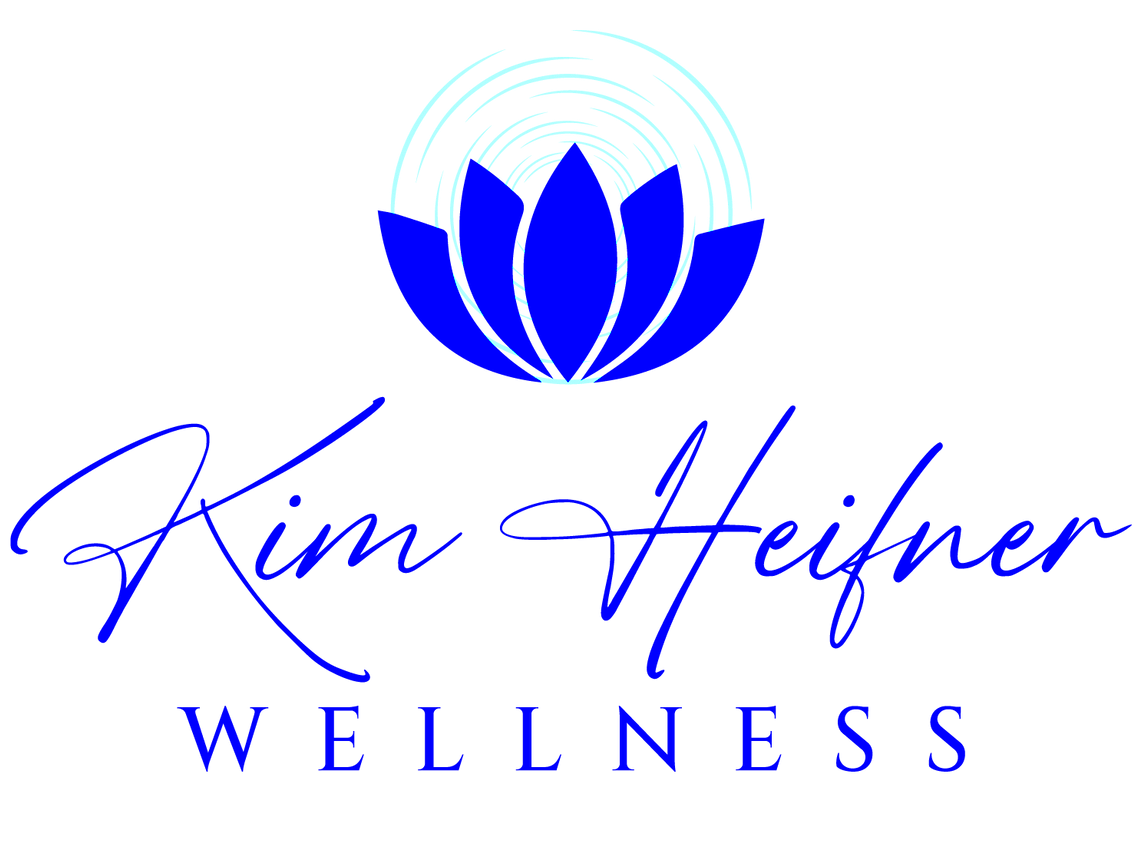
The Complete Guide To Hormone Therapy

Hormone therapy (HT) is a highly debated topic in recent years, and there are many misconceptions surrounding it. HT is given in menopause because there is a natural decline of our sex hormones during this phase of life. Menopause marks the end of our reproductive years, and a place all women who live long enough will get to. Many women go through the menopause without any symptoms, while others suffer tremendously, and feel they have every symptom on the list! Just because a woman does not have menopausal symptoms, it doesn’t mean the physiologic changes are not happening within her body, or her risk of heart disease, osteoporosis, dementia, and other chronic diseases is not increasing. Aging in itself places one at risk for those diseases, and the decline in hormones increases a woman’s risk even more.
Hormone replacement therapy (HRT) used to describe menopausal hormone therapy, but that indicated that there was a deficiency that needed to be replaced. The truth is, the decline in hormones is normal, and some women’s body can produce enough to carry them through the end of their life, while others can’t. Again, everyone is different, and our lifestyles do play a part in our menopause experience. But once we have graduated to menopause, our hormones will stay low unless HT is given.
My goal is provide you a simple, informative guide to HT, but it is hard to be fully inclusive of all the options available here, so please feel free to reach out and book an appointment with me where I can go more in-depth with you and personalize the information to your needs and questions. I am truly here to be your menopause guide, mentor, and support, so that you can thrive during these years and beyond! Let’s get started!
What is HT?
During the menopause transition, your ovaries are no longer able to produce high levels of the female reproductive hormones, estrogen and progesterone. Early in the menopause transition, levels of estrogen start to wildly fluctuate, and progesterone declines. Ultimately, both hormones progressively decline contributing to the common menopausal symptoms, such as insomnia, hot flashes, night sweats, anxiety, mood swings, dry skin, vaginal dryness, urinary symptoms, and discomfort during sex. HT is used to boost your hormone levels, and relieve your symptoms, prevent bone loss (osteoporosis), and improve your quality of life. HT involves taking supplemental estrogen or progesterone, or a combination of estrogen plus progesterone. Sometimes, additional hormones are used as well, such as DHEA and testosterone, but typically HT is replacing estrogen, progesterone, or both. There are many health benefits and risks associated with HT, and the decision to take HT is personal, and I can help you understand your options, and if the benefits outweigh any risks when it comes to your situation.
Here is a quick review of why estrogen and progesterone play such an important role in your body:
Estrogen is the main female reproductive hormone that regulates the menstrual cycle, and it is responsible for the development of female sexual characteristics. In addition to regulating the menstrual cycle, estrogen plays crucial role in the health of the reproductive tract, the urinary tract, pelvic muscles, mucous membranes, bones, breasts, hair, skin, the heart and blood vessels, and the brain. To simplify, estrogen communicates to your body when it is time to start and stop the processes associated with your sexual and reproductive health.
Progesterone is also an important female reproductive hormone that plays a role in the menstrual cycle. Progesterone is often called the “pregnancy hormone” because of its role in helping a woman get pregnant and maintain the pregnancy. Progesterone’s main job is to prepare the endometrium (uterus lining) for a fertilized egg to implant and grow. Menstruation results when a pregnancy did not occur, and the endometrial lining sheds, but if conception was successful, progesterone levels rise to support the pregnancy. Progesterone has additional beneficial effects on mood, anxiety, sleep, bone and brain health.
What are common names and types of HT?
Hormone therapy is often described in different ways, including menopausal hormone therapy (MHT), hormone replacement therapy (HRT), hormone therapy (HT), and estrogen replacement therapy (ET). Sometimes, only a progestogen is used in HT. A progestogen describes either a synthetic progestin (structure similar to progesterone), or progesterone (bio-identical or body-identical form of the hormone that closely resembles what your own body produces). These are all just ways of referring to supplemental hormones that are being given to you, and there are traditionally three main types, estrogen only (ET), estrogen/progesterone/progestin (EPT) combination therapy, and as I just mentioned, progesterone or progestin alone
Who should take HT?
HT therapy is typically prescribed for women experiencing moderate to severe symptoms during the menopausal transition. Women who have gone through menopause prematurely before the age of 40 or early before the age of 45 without a history of breast cancer, HRT is indicated until the time that natural menopause would have occurred to prevent bone loss and cardiovascular disease. In the United States, the average age of menopause is around age 51. Also, HRT can be prescribed for those who have underwent a surgical procedure called a hysterectomy, when the uterus and one or both ovaries are removed (oophorectomy). Women that are deemed high-risk for bone loss or fractures can be prescribed HT. It is recommended that HT be started at the lowest effective dose for the shortest period of time consistent with an individual’s goals. The benefit-risk ratio is more favorable when HT is initiated closer to the time of menopause (age 50-59), and becomes riskier with advancing age, and a greater time since menopause. HT should always be individualized, there is no “one size fits all” approach to HT.
Who should not take HT?
The Menopause Society recommends that hormone therapy not be used in women with a history of breast cancer, or other hormone sensitive cancers, history of blood clots, stroke, or heart disease, unexplained vaginal bleeding, or acute liver disease. It's important to note that the decision to use hormone therapy should always be made in consultation with a healthcare provider, taking into account an individual's complete medical history and current health status.
There are two general ways to take HT:
Systemic HT products circulate through the bloodstream and affect all parts of the body. Systemic products are available as an oral tablet, gel, patch, spray, emulsion applied to the skin, or an injection, and is usually the choice of HT for hot flashes, night sweats, vaginal symptoms, or prevention of bone loss associated with osteoporosis.
Local HT (non-systemic) products acts on a specific part of the body providing localized effects. They are available as a cream, ring, or tablet, and is primarily used for vaginal symptoms associated with menopause.
The right type and dose of HT will be individual, and your medical history, symptoms, if you still have a uterus, and if you still have menstrual cycles will all play a role in the decision, but your symptoms may not improve until hormone balance is achieved. It can take 2-3 months for HT to be fully efficacious, and side effects are common in the those first few months, such as headaches, bloating, breast tenderness, and uterine bleeding. If uterine bleeding continues beyond six months, then a transvaginal ultrasound may be ordered to rule out any abnormalities. Hormone levels can vary over time, so it is not uncommon for the dose to be adjusted every once in a while.
What is the difference between bioidentical and synthetic?
Bio-identical hormones contain the same chemical and molecular structure as the estrogen or progesterone your body produces. These types of hormones are natural, but be aware they still are produced in a lab. There are bioidentical hormones produced in a compound lab that are not FDA approved, and there are bioidentical hormones that are thoroughly regulated and FDA approved. There is no scientific evidence to suggest that bio-identical hormones are safer than ones used in traditional HT, yet in the major studies performed on HT, synthetic hormones were used, and demonstrated increased risk of cardiovascular events and breast cancer. Natural bioidentical progesterone is often associated with fewer side effects than synthetic progestins. Compounded hormones are not recommended by the Menopause Society (MS) unless there is treatment failure with the FDA approved options.
Synthetic hormones are produced in a lab and do not contain the same molecular structure as the hormones naturally produced in our body, but our body is able to convert them to an active, usable form. Contraceptives, whether oral, implant, intrauterine, or a vaginal ring, all contain synthetic hormones. Provera and Premarin are examples of synthetic hormones. Premarin is an estrogen product that consists of a mixture of estrogens, and contains ingredients from the urine of pregnant horses (truth)! Menopausal HT usually contains about one-fourth the dose of hormones as contraceptives have, therefore the risks associated with HT may be lower with HT than they are with contraceptives.
Manufactured types of HT:
Compounded HT: these are custom-made at compound pharmacies.
FDA-Approved HT: these are hormones that are standardized, consistent, heavily regulated and studied for safety by the FDA.
It is important that you know that there are FDA-approved bioidentical hormones that can be prescribed and sent to your regular pharmacy, and do not need to be made by a compound pharmacy! This is the type of HT that I routinely prescribe.
Does it matter if you have a uterus or not?
Yes! If you have your uterus intact, then it is imperative that estrogen and progesterone are given together. Taking estrogen without progesterone increases your risk of developing cancer of the endometrium (the uterus lining). During your reproductive years, the uterine lining is shed with menstruation, but when menstruation ceases and the endometrium no longer sheds, estrogen is left unopposed, and this can lead to endometrial cancer due to overgrowth of the cells in your uterus. Progesterone reduces the risk of endometrial (uterine) cancer by keeping the endometrium thin. Progesterone keeps estrogen balanced.
What are the benefits of HT?
According the Menopause Society (MS), the American Society for Reproductive Medicine, and The Endocrine Society, it is agreed that women who are symptomatic, healthy, and recently menopausal are able to use hormone therapy for relief of their symptoms of hot flashes, night sweats, vaginal dryness if they choose to do so. It is agreed that five years or less of HT is the usual recommended duration of combined HT (estrogen plus a progestogen), but the length of a time a woman takes HT should be individualized to that woman. In addition, MS feels women under the age of 60 or within 10 year of menopause, the benefits of hormone therapy outweigh the risks based on their personal medical history. For women who are more than 10 years out from menopause or have an increased risk of heart disease, then the risks may outweigh the benefits. HT is not indicated for the primary or secondary prevention of coronary artery heart disease.
It is important to work with a menopause specialist, like me, who understands who may best benefit from HT, and who would not be a good candidate. I use risk assessment tools to identify your risk of breast cancer, and a cardiovascular event within the next ten years. HT can be lifechanging for women, but is always best to make sure it is right for you. If you are not a good candidate for HT, do not worry because there are plenty of nonhormonal options available.
The known benefits of HT include:
- HT is the most effective treatment for menopausal symptoms, such as hot flashes and vaginal dryness.
- If women only suffer with vaginal dryness or pain with sexual intercourse, the preferred HT regimen is low-dose vaginal estrogen.
- ·Reduction in risk of cardiovascular disease
- ·Reduction in risk of osteoporosis and fractures
- ·Lower rate of colorectal cancer
- ·Lower mortality rate when HT initiated in women <60 years old and/or <10 years of menopause
- ·Improved mood, sleep, sexual function, and quality of life
Possible benefits of HT that are still under investigation include:
- · Decreased risk of dementia
- · Decreased abdominal fat
- · Decreased chance of diabetes and osteoarthritis
- · Improved memory
Risks associated with HT can include:
To minimize health risks associated with HT, the recommendation is again to use the lowest effective dose for the shortest amount of time. Concerns surrounding HT safety are thought to be greater with long-term use of systemic ET or EPT. In addition, women with a uterus must be prescribed a progestogen along with estrogen to protect her from uterine cancer.
Prior to the WHI trial in 2002, the standard of care for menopausal women was HT to preserve their long-term health and alleviate their symptoms. In fact, in 1992, Premarin was the number one prescribed drug in the United States, with sales of the drug exceeding $1 billion dollars by 1997! Well, the findings from this massive study concluded that the use of combination HRT (estrogen plus progestin) led to an increased risk of not only breast cancer, but heart disease, dementia, and blood clots also. Fear immediately struck women everywhere, and women abruptly stopped taking their HRT despite having diminished symptoms and improved quality of life! Further, the FDA placed a “black box” warning on all estrogen-containing prescription therapies about their adverse risks.
Despite only two products used in the WHI trial, Premarin and Prempro, the risks of all HT products, including more “natural” bioidentical and compounded hormones, should be assumed come with similar risks.
Turns out, upon further review of the WHI study, the participants in the study were already in a high-risk category in regards to their age and health status. The women were older (average age was 63), and further than ten years out from menopause. The study was flawed, and did not accurately report the findings. Upon further analysis of the WHI, the results actually demonstrated that women on who had underwent a hysterectomy and younger women on HT, had improved health outcomes, including a decreased risk of heart disease, and a reduced risk of dying breast cancer, especially when ET alone was used.
Therefore, the WHI data reported that HT is considered safe and effective for women with bothersome menopausal symptoms, such as hot flashes, night sweats, or sleep disruption if they initiate hormone therapy at a younger age <60 or within ten years of menopause. Today, MS, and other established organizations agree with that HT recommendation.
Some types of HT carry a small increased risk of breast cancer, but mainly this risk is associated with combined HT (estrogen plus progestogen), the risk increases the longer HT is used, and in those over the age of 60. Truly, the risk of breast cancer with HT is very small, similar to the risk of one being obese or having more than 2-3 alcoholic drinks per day.
ET only HT actually may reduce your risk of breast cancer more than if you didn’t take it.
Both combined EPT and ET are associated with increased risk of blood clots. The risk of blood clot is less with the use of a patch, gel, or spray HT.
Some studies reported a small increased risk of stroke if you take estrogen-only or combined EPT in tablet form. No increased risk was found in with HT delivered in a patch, gel, or spray form. Women <60 years old have a very low risk of having a stroke.
Common myths surrounding HT:
You should wait until your symptoms are severe before you start HT.
False, it is best to start HT as soon as symptoms develop, so they will resolve quicker, and you will have protection for your heart and bones.
You can’t take HT if you get migraines:
False, people who have migraines with aura have a slight increased risk of stroke with HT with estrogen in tablet form, but you can avoid those risks with taking HT as a patch, spray, or gel.
All HT causes breast cancer:
This is a common misconception and fear, and it all started when the Women’s Health Initiative was published back in 2002. The findings of this massive study concluded that the use of HRT led to an increased risk of not only breast cancer, but heart disease, and blood clots. As mentioned above, the study was flawed, and women who start HT at a younger age, closer to the time of menopause, and those taking ET only have a reduced risk of breast cancer.
My menopause will return if I stop taking HT:
HT masks menopause symptoms that are already there, it does not delay menopause. Menopause occurs when there is a depletion of ovarian follicle reserve, and the number of follicles you had were determined when you were in your mother’s womb! If your symptoms return after stopping HT, it is because they were there whether or not you took HT.
Taking HT brings your period back:
Typically, sequential/cyclic HT is prescribed if you have had a period within the last year, and this will make your periods become more regular. Often, when you haven’t had a period in 12 months taking this type of HT, your regimen can change to continuous, meaning your periods will stop.
HT is made from a pregnant horse’s urine:
Yes, some older types of HT used contain a mixture of different types of estrogens and are made from a pregnant horse’s urine, but this type is not used very often, and now what is usually prescribed is body-identical or bioidentical hormones that contain the same structure as estrogen produced by your body. Micronized progesterone is “body identical” and comes from yams, and is associated with fewer side effects than other types of progestogens. 17-beta estradiol is a body identical estrogen that is the similar structure your body produces as well, and it is considered safer when administered as a patch or gel. I typically prescribe FDA approved body identical hormones in my practice. Some research suggests that the body does not differentiate between hormone types.
Alternatives to HT?
Hormone therapy provides a safe and effective way of managing menopausal symptoms, yet it may not be right for everyone. You may not feel comfortable with the risks associated with HT, or it may be contraindicated based on your medical history or underlying condition, but do not worry because there are plenty of safe, alternative, non-hormonal options and supplements that can help manage your menopausal symptoms, improve your health, and quality of life. A healthy lifestyle can make huge difference in symptom management. In fact, did you know that western woman suffer more from menopausal symptoms than other women around the world due to lifestyle and cultural differences. No woman experiences menopause similarly, and the decision to take hormone therapy is personal, and you should discuss the risks and benefits with a knowledgeable menopause provider, like me! There are not many providers that are specially trained in menopause despite the much needed support for women during these critical years.
Do you need a menopause provider?
You can contact me by email @kimheifnerwell.com or click here to schedule your appointment with me.
In health,
Kim


